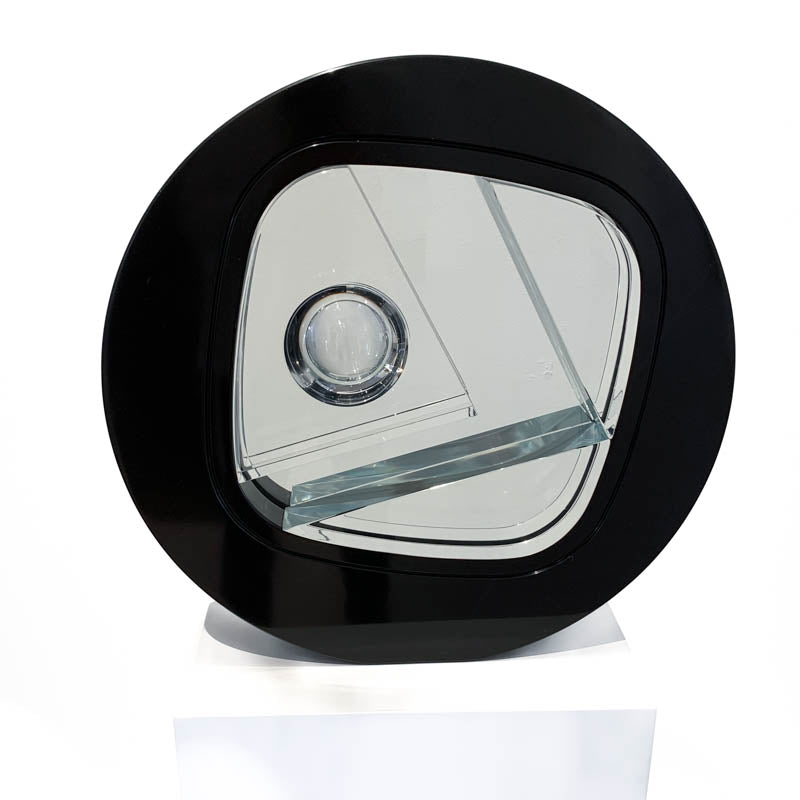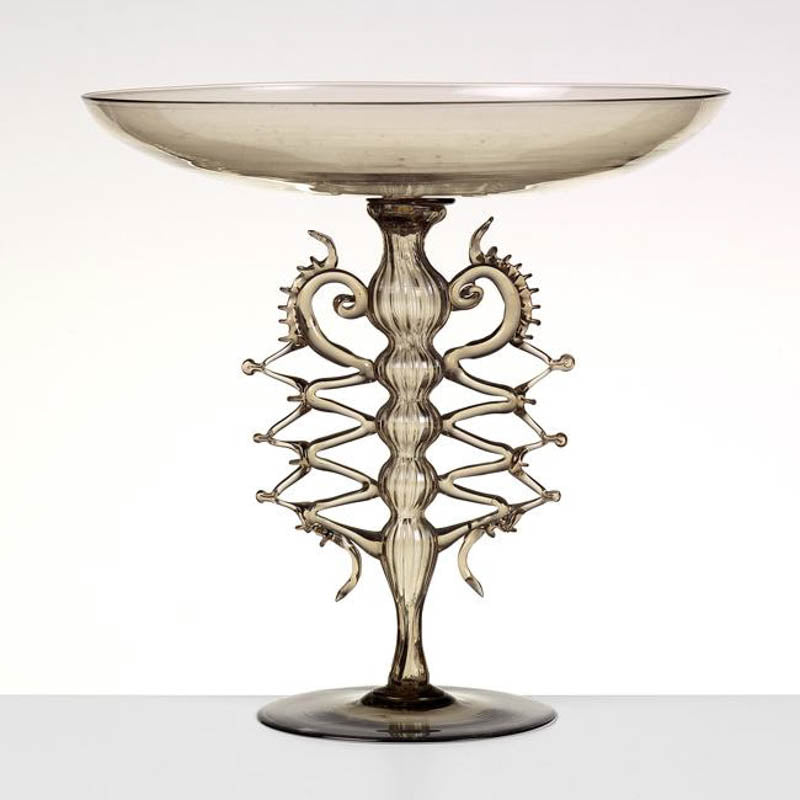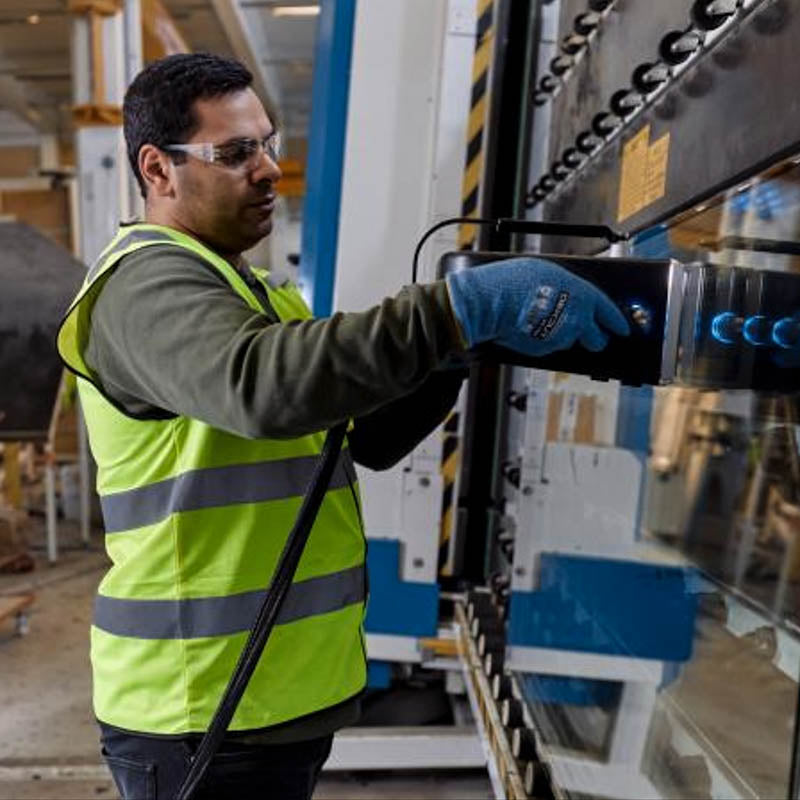The 20th century saw many innovations in glassblowing. At the beginning of the century, artists experimented with new techniques, such as mold blowing and free blowing.
In the 1960s and 1970s, the Studio Glass movement emerged, which took glassblowing out of the factory and into the hands of artists. This movement began in the United States, with artists such as Harvey Littleton and Dominick Labino.
The Studio Glass movement inspired a new generation of glassblowers in the 1980s and 1990s and many began to experiment with new techniques and styles, pushing the boundaries of what was possible with glass. Some of the best-known glassblowers of this era include Dale Chihuly, William Morris and Lino Tagliapietra.
In recent years, there has also been a resurgence of interest in traditional glassblowing techniques. Many have returned to the roots of the craft, using age-old techniques to create modern works of art. This trend is part of a larger movement toward traditional craftsmanship.
The use of computer-aided design (CAD/CAM) software is one of the most significant advances in glassblowing in the 21st century. This software allows for the creation of incredibly detailed and complex designs that can be accurately reproduced. In addition, advances in furnace technology have allowed for more efficient and controlled heating, resulting in higher quality glass products.
While traditional techniques such as hand-blowing and shaping are still widely used, many glassblowers have incorporated modern techniques such as fusing and slumping. These techniques involve heating glass to high temperatures and manipulating it into the desired shape, resulting in stunning and unique pieces.




1 コメント
Donna Haines
I have a piece signed Mattia Toso and would like to verify it’s his work please
コメントを書く
全てのコメントは、掲載前にモデレートされます
このサイトはhCaptchaによって保護されており、hCaptchaプライバシーポリシーおよび利用規約が適用されます。